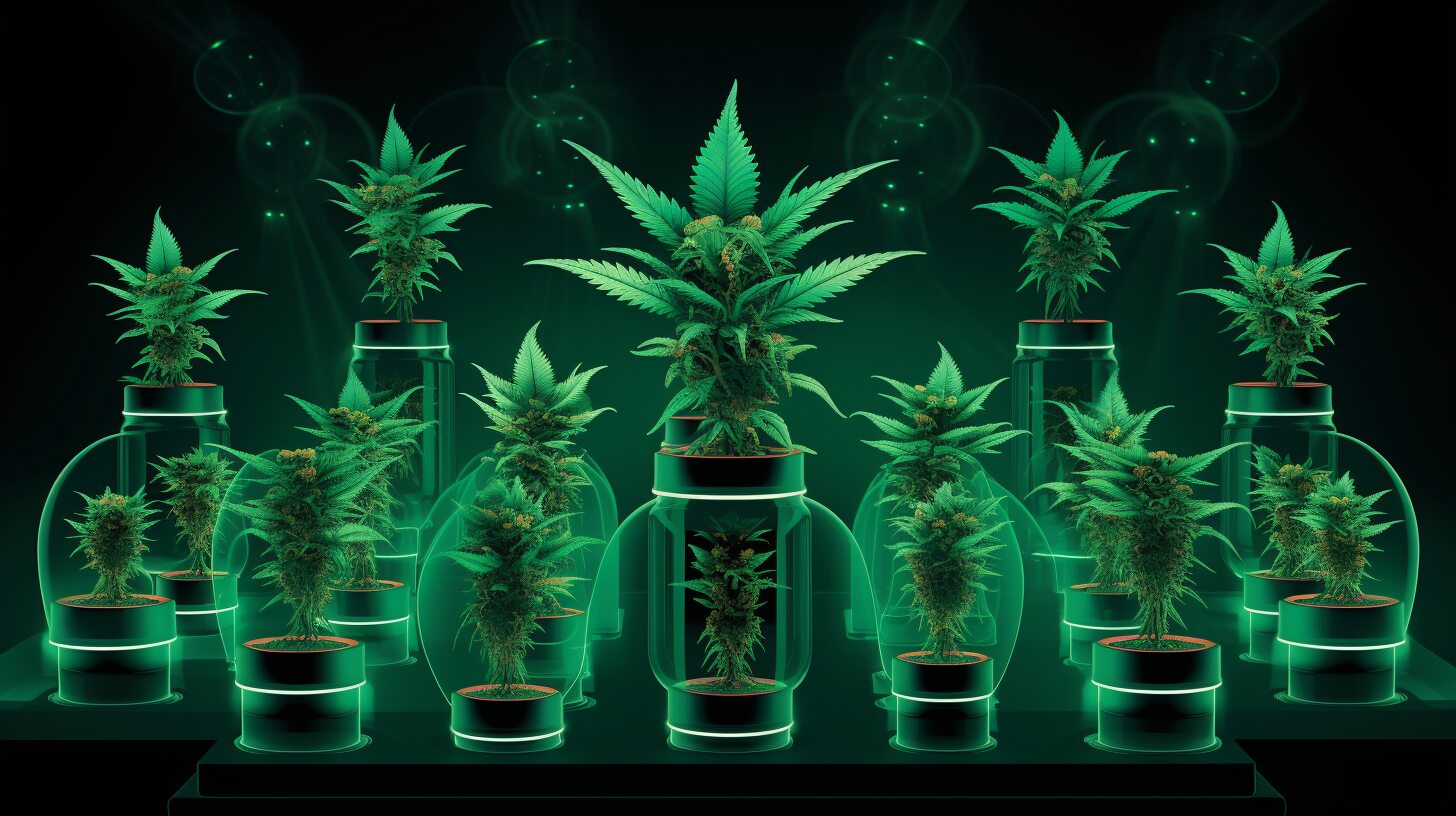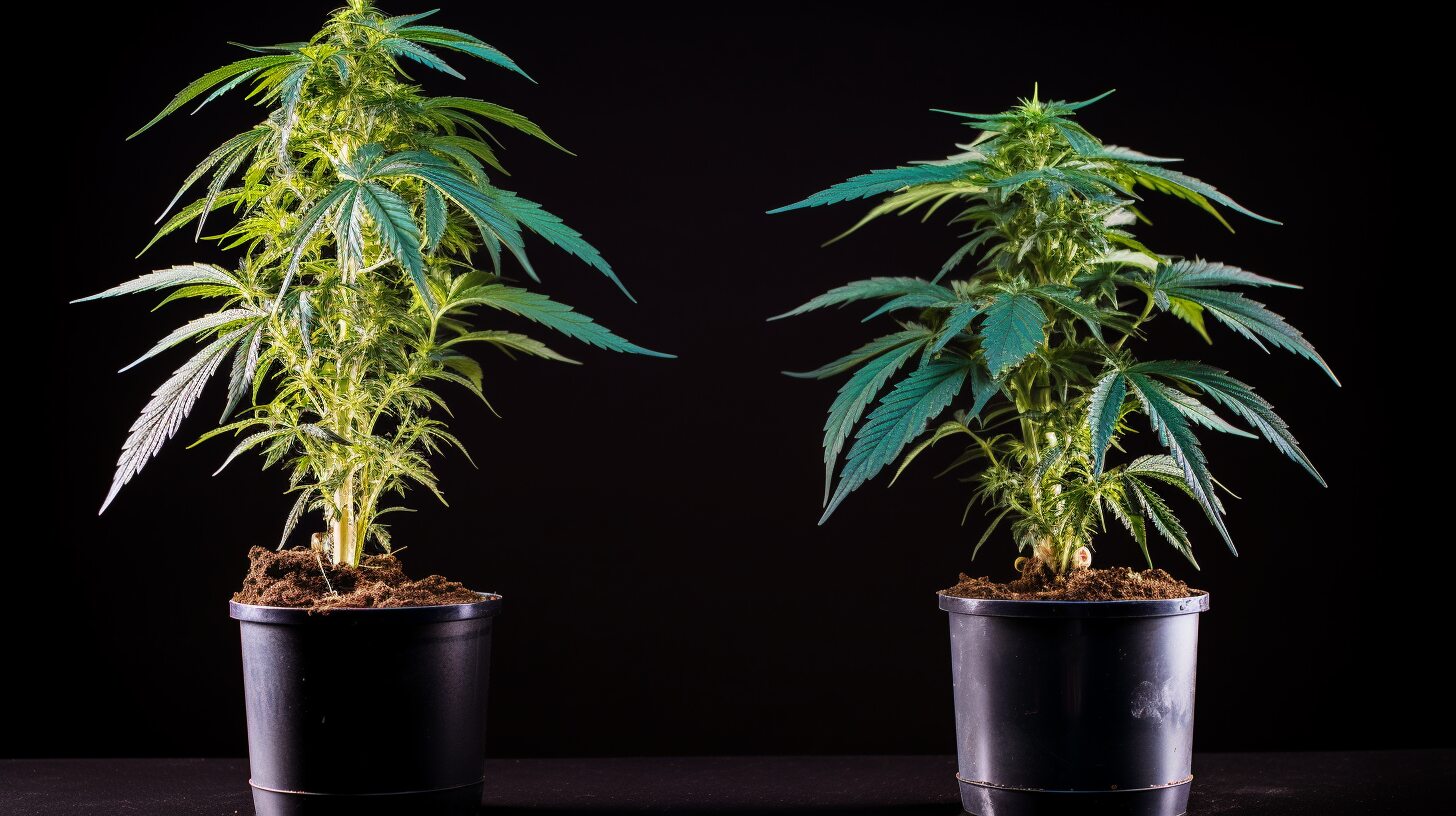Can You Clone Autoflower?
Autoflowering is a type of cannabis plant that automatically begins to flower when it reaches maturity, regardless of the light cycle or photoperiod. This means that growers can harvest an autoflowering strain much sooner than regular cannabis varieties.
Autoflowers typically mature within 8-10 weeks from seed and are much easier to grow than regular plants due to their short lifecycle and lack of need for precise environmental conditions.
Autoflowers also tend to be more pest-resistant and produce higher yields, making them ideal for novice growers and those with limited space. Autoflower strains have a lower potency than regular varieties, but they still provide excellent quality buds with great flavor and aroma.
Cloning Autoflower Plants
Cloning autoflower plants is a great way to maximize yield and save time. By cloning, you can create multiple copies of your best-performing plants, all with the same genetics. This makes it easier to maintain consistent quality and high yields without having to start from seed each time. Cloning also reduces the time it takes for a plant to reach maturity since most autoflowering clones will flower in just 8-10 weeks.
One of the main advantages of cloning autoflowers is that they are much more resilient than regular varieties when it comes to pests and diseases. Clones are also less prone to environmental stressors, meaning they will be better able to handle temperature fluctuations or sudden changes in light levels.
Finally, because clones share the same genetic makeup, they tend to produce more consistent results than if you were growing from seed.
Advantages of Autoflower Plants
Autoflower plants offer numerous advantages for both novice and experienced cannabis growers. The main benefit is that they can be harvested much sooner than regular varieties, with a typical lifecycle of just 8-10 weeks.
This makes them ideal for those who need to harvest quickly or have limited space. Autoflowering cannabis plants also require less maintenance and attention than regular cannabis varieties, so they are perfect for novice growers. They are also more resistant to pests and diseases, meaning you don't need to use as many protective measures.
Finally, autoflowers tend to produce higher yields than regular varieties, making them an attractive choice for anyone looking to maximize their yield per square foot of grow space.
What is Cloning?
Cloning is a process of creating an exact genetic copy of an existing organism. It involves taking a sample from the original organism and using it to create a genetically identical clone. The cloning process has been used for many years in the medical field but is now becoming more commonplace in the agricultural world as well.
To clone autoflowers, tissue samples are taken from the parent plant and cultured to grow multiple copies with the same genetics. This allows amateur growers to quickly and efficiently produce multiple plants with the same traits, such as high yields or resiliency against pests and diseases.
Cloning can also reduce the flowering phase significantly since most clones will flower in just 8-10 weeks instead of 16-20 weeks when starting from seed. Cloning autoflowers provides many benefits to experienced growers looking for an efficient way of cultivating their crops while still maintaining quality and consistency.
Pros and Cons of Cloning Autoflower Plants
Cloning autoflower plants has its pros and cons, just like any other cloning method of growing. On the plus side, cloning autoflowers allows auto growers to quickly and efficiently produce multiple plants with the same genetics. This can reduce flowering time significantly as clones typically flower in 8-10 weeks instead of 16-20 weeks when starting from seed. Additionally, cloning can be used to replicate desirable traits such as high yields or resistance to pests and diseases.
On the downside, there is a greater risk of errors when cloning which can result in genetic mutations and poor-quality plants. Furthermore, since autoflower seeds are especially sensitive to their environment, it may be difficult to achieve consistent results across multiple clones. Finally, there is also a higher cost associated with cloning due to the need for specialized equipment and materials.
Understanding the Process of Cloning Autoflower Plants
Cloning autoflower plants can offer many benefits to gardeners and cultivators, especially when it comes to saving time, money, and effort. Cloning is a simple process that involves taking a cutting from an existing plant and replanting it in a new location. The clone will take on the same characteristics as the original plant, making it an ideal way to create multiple plants with identical genetics.
Mother Plant and Vegetative Stage
Using a mother plant is a great way to ensure that the genetics of your autoflowering plants remain consistent. A mother plant is simply an individual plant used to provide cuttings for cloning and is kept in a vegetative phase for as long as desired. During the vegetative stage, the plant should be provided with ample light and nutrition, which will allow it to stay healthy while producing cuttings for future clones.
When caring for a mother plant, it's important to choose the right container size and soil type that can support its growth. The light cycle should also be adjusted so that it receives 18-24 hours of light per day during this stage.
Nutrient requirements will vary depending on the strain, but generally, high levels of nitrogen and potassium should be provided throughout the vegetative period. Pruning can also help keep the plant well-maintained by removing any excess foliage or dead leaves from time to time.
More: Training Your Autoflowers For Big Yields.
Photoperiod Strains vs. Autoflowering Strains
Photoperiod and autoflowering marijuana strains are the two main types of cannabis plants available to cultivate. While both have their merits, it is important to understand the differences between them before deciding which one is best for your specific needs.
Photoperiod strains require a light cycle of 12/12 (12 hours of light, 12 hours of darkness) to flower and produce buds, whereas autoflowering weed plants will switch from vegetative growth directly into flowering regardless of the light cycle.
This means that photoperiod strains need more attention when it comes to monitoring their light cycles, whereas autoflowers can be left on a continuous 18/6 or 20/4 schedule without any problems.
The flowering times also differ depending on the type; photoperiods can take 8-10 weeks while autoflowers finish up much quicker at 6-8 weeks. Autoflowering varieties also tend to be smaller in size compared to photoperiods, but they still produce decent yields if grown properly.
More: Difference Between Male and Female Cannabis Plants.
Hours of Light & Darkness Needed for Cloning Autoflowers
Cloning autoflowers is an effective way of increasing your harvest, as each clone will grow into a plant with the same genetics as the original. However, to successfully clone an autoflower it is important to provide the right conditions. One such condition is the right amount of hours of light and darkness needed for cloning autoflowers.
The optimal amount of time for cloning autoflowers varies depending on the strain, but generally speaking, 18-24 hours of light per day is best for most strains. This will ensure that your clones have enough energy to take root and start growing quickly.
Once rooted, you can reduce the amount of light exposure to 12-14 hours per day, allowing them to enter their flowering phase more quickly than if you were using regular seeds. It's also important to give them enough darkness during this phase for them to flower properly and develop buds.
Why Are Marijuana Plants Cloned?
Marijuana plants can be cloned for a variety of reasons, primarily to produce identical copies of a desired strain. Cloning a marijuana plant is a simple process that involves taking cuttings from the rootstock and placing them in an environment where they can root.
Once rooted, these clones can then be grown as separate plants, each with its unique characteristics. Clones provide growers with the opportunity to produce consistent harvests of the same strain year after year.
Cloning also allows commercial growers to produce more potent buds due to increased levels of THC, as well as ensuring they have access to their favorite cannabis strains regardless of seasonal availability or seed stock issues.
Finally, cloning autoflowering marijuana plants is possible and can result in a faster flowering phase compared to traditional photoperiod strains.
Conclusion
Cloning autoflower cannabis plants is a great way to save time, and money and preserve genetics. To ensure successful clones, it’s important to choose a healthy parent plant, select the right clone medium, take clones from the lower branches, and maintain regular watering and humidity levels. With these steps in mind, you can be sure that your autoflower clones will be strong, healthy, and ready for a successful harvest!


 Français
Français 


